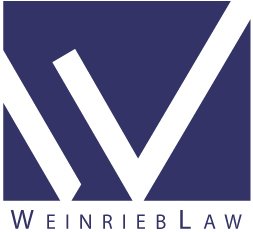A Comprehensive Guide to Child Custody in New York State
Introduction:
Child custody matters can be emotionally challenging and legally intricate. If you're facing child custody issues in New York State, it's crucial to be well-informed about the relevant laws and guidelines. In this comprehensive guide, we'll provide an overview of child custody in New York State, including legal considerations, types of custody arrangements, and factors influencing custody determinations. By understanding the process, you'll be better equipped to protect your child's best interests and make informed decisions for their future.
1. Understanding Legal Considerations:
Child custody determinations in New York State are based on the principle of "the best interests of the child." We'll delve into what this means and how the court determines the child's best interests. Factors such as parental fitness, the child's preferences (depending on their age), and stability of the home environment are taken into account during custody evaluations.
2. Types of Custody Arrangements:
We'll explore the different types of custody arrangements recognized in New York State, including:
a. Physical Custody: Understanding the distinctions between sole physical custody and joint physical custody, along with their implications for visitation schedules and parenting time.
b. Legal Custody: Explaining the differences between sole legal custody and joint legal custody, highlighting the decision-making authority in matters such as education, healthcare, and religious upbringing.
c. Third-Party Custody: Discussing situations where a non-parent, such as a grandparent or close relative, may seek custody and the legal requirements involved.
3. Factors Influencing Custody Determinations:
New York State considers several factors when determining child custody. We'll provide an in-depth examination of these factors, including the child's age, their relationship with each parent, parental ability to provide a stable home environment, and any history of abuse or neglect. By understanding these factors, you'll gain insights into what the court prioritizes when making custody decisions.
4. The Child Custody Process in New York State:
Navigating the child custody process can be overwhelming. We'll outline the steps involved, from filing a petition to attending court hearings and mediation sessions. Understanding the process empowers you to be prepared and work effectively with your legal representation.
5. Modifying Child Custody Orders:
Circumstances can change, necessitating modifications to existing child custody orders. We'll explore the grounds for modifying custody arrangements in New York State and the legal procedures involved. It's essential to know your rights and options if you believe a modification is in the child's best interests.
Conclusion:
Child custody matters in New York State require careful consideration and understanding of the legal framework. By familiarizing yourself with the laws, types of custody arrangements, factors influencing custody determinations, and the overall process, you can better navigate the complexities and protect your child's well-being. Remember, seeking the guidance of an experienced family law attorney can provide invaluable support and help ensure your rights are safeguarded throughout the custody proceedings.
If you're facing child custody challenges in New York State, our expert team at Weinrieb Law is here to provide professional guidance and representation. Contact us today to schedule a consultation and take the necessary steps towards securing a favorable custody outcome for your child.
Contact us for more information.
